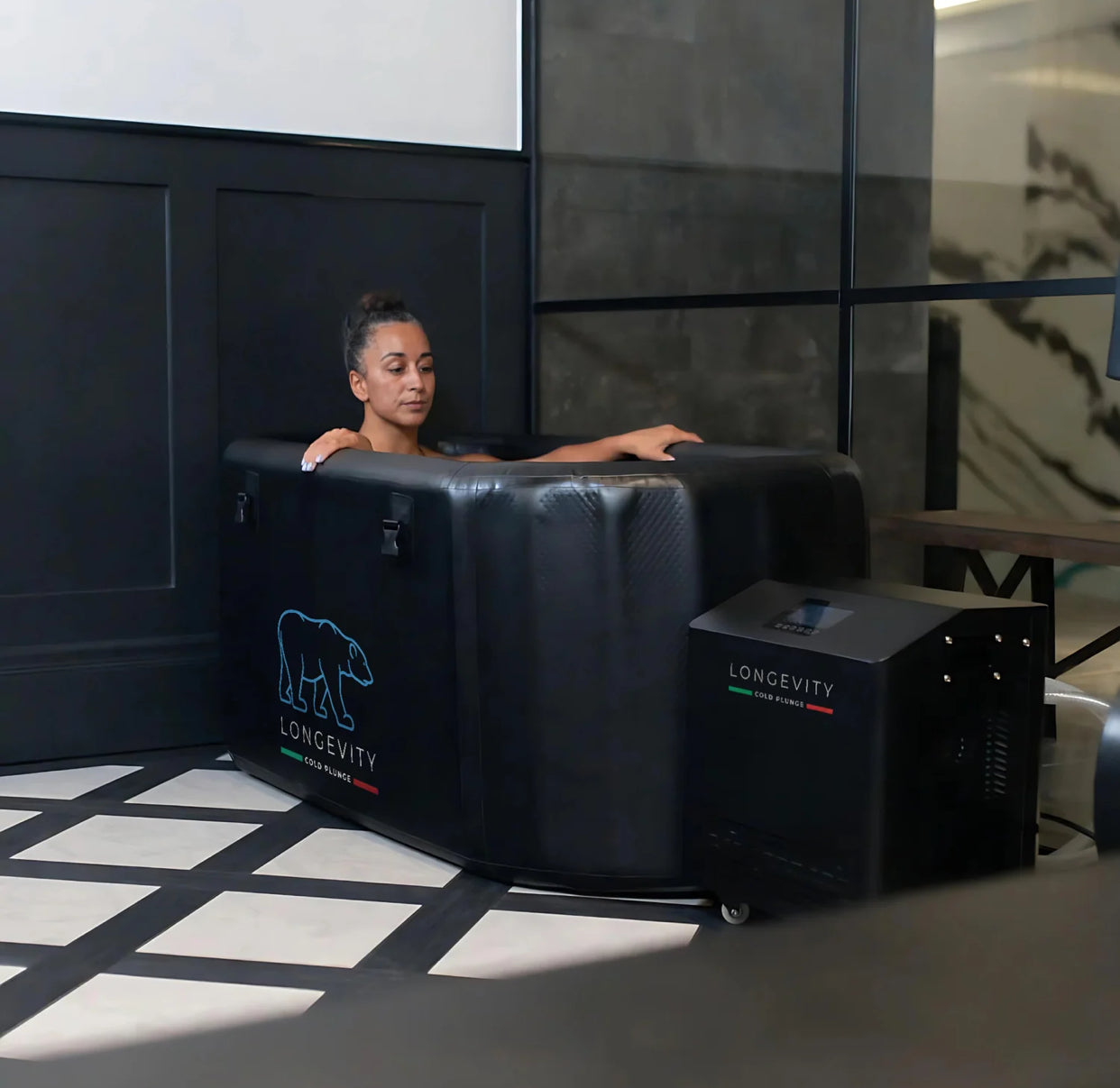Think your Ice Bath is squeaky clean? Short answer: your Cold Plunge Tub can be sanitary with the right routine! Discover how to keep your Ice Bath Tub hygienic and safe so you can soak stress-free and avoid the murky surprises nobody wants.

2. Understanding Cold Plunge Hygiene: Risks and Why It Matters
2.1 Potential Contaminants and Health Risks in Cold Plunge Water
2.1.1 Bacterial Growth, Biofilm, and Algae Formation
Even clear water can hide nasties. Body oils, sweat, and outdoor debris feed bacteria that form biofilm – that slimy layer you don't want in your Cold Plunge Tub. Algae can thrive if water is warm, stagnant, or poorly treated.
2.1.2 Pathogens and Infection Concerns (Especially with Shared Use)
Sharing your plunge increases the risk of bacteria and viruses entering the water. Cuts or skin conditions may get infected without good hygiene. Irritations to the eyes or ears can also occur – definitely not the relaxation you're after.
2.2 The Importance of Proper Sanitation for User Safety and Equipment Longevity
2.2.1 Preventing Unpleasant Odours, Cloudiness, and Slime
A well-kept plunge should be fresh and clear. Neglect leads to foul smells, cloudy water, and unpleasant slicks on the surface. This is uninviting and unhygienic – but easily avoided.
2.2.2 Protecting Your Cold Plunge System from Damage and Malfunction
Poor water quality isn't just bad for you – it harms your equipment. Debris and biofilm clog filters and damage pumps. Imbalanced chemicals can corrode your Cold Plunge Tub and reduce its lifespan.
3. Essential Practices for Maintaining a Sanitary Cold Plunge
3.1 Regular Water Management: Changes and Debris Removal
3.1.1 How Often to Change Your Cold Plunge Water (Factors Affecting Frequency)
There isn’t a universal schedule. With solo, filtered, sanitised setups, you might change water every 4–6 weeks. For multiple users and no filtration, weekly is safer. Check clarity, smell, and touch to decide.
3.1.2 The Role of Skimming and Covers in Daily Maintenance
Use a skimmer after each session to remove leaves, bugs, and debris. Always cover your Cold Plunge Tub when not in use. This keeps out mess and helps maintain temperature, reducing cleaning time.
3.2 Advanced Water Treatment: Filtration and Disinfection Methods
3.2.1 Filtration Systems: Types, Micron Levels, and Filter Maintenance
Filters trap fine debris, with 5–20 micron cartridges common in Cold Plunge Tubs. Clean or replace every 1–2 weeks, depending on use. Watch for reduced flow or pressure – it's a sign to rinse or swap.
3.2.2 Chemical Sanitisers: Chlorine, Bromine, and pH Balance
Chlorine works well in small doses. Bromine is gentler but needs careful dosing. Test your water often to maintain pH (ideally 7.2–7.8) and alkalinity. Poor balance can cause irritation, corrosion, or cloudy water.
3.2.3 Non-Chemical and Natural Alternatives: Hydrogen Peroxide, Ozone, and UV Sterilisation
Prefer less chemical use? Hydrogen peroxide, ozone, or UV systems help kill bacteria without harsh side effects. These may need supplementing with occasional testing and minor chemical support.
3.3 Tub Cleaning and Personal Hygiene Protocols
3.3.1 Routine Cleaning: Scrubbing, Rinsing, and Deep Cleaning Schedule
Scrub your tub weekly with a gentle cleaner and rinse thoroughly. Clean chiller vents and pump covers. Once a month, do a full drain and deep clean, including filters and hoses.
3.3.2 Pre-Plunge Hygiene: Showering and Footwear Best Practices
What’s on you goes in the water. Always rinse before plunging. Avoid lotions and oils that quickly build up. Step in with clean feet or plunge-only footwear to limit contamination.
4. Troubleshooting Common Cold Plunge Cleanliness Issues
4.1 Addressing Cloudy Water, Algae Growth, and Unpleasant Odours
If the water turns cloudy, test and adjust pH or sanitiser levels. For algae, shock treat with hydrogen peroxide or drain and scrub. Bad smells usually mean biofilm – deep clean and rinse filters more often.
4.2 When to Seek Professional Advice or Upgrade Your System
If problems persist despite regular care, you might need a better chiller, professional water testing, or upgraded filtration. Frequent issues often indicate an underpowered or poorly ventilated setup.
5. Takeaways
-
Yes, a Cold Plunge can be sanitary – but only with consistent care.
-
Clean water improves safety, comfort, and equipment life.
-
Filters, sanitisation, and user hygiene are essential.
-
Test your water regularly and treat it like a personal mini-spa.
-
Stay on top of cleaning to avoid nasty surprises in your Ice Bath Tub.






